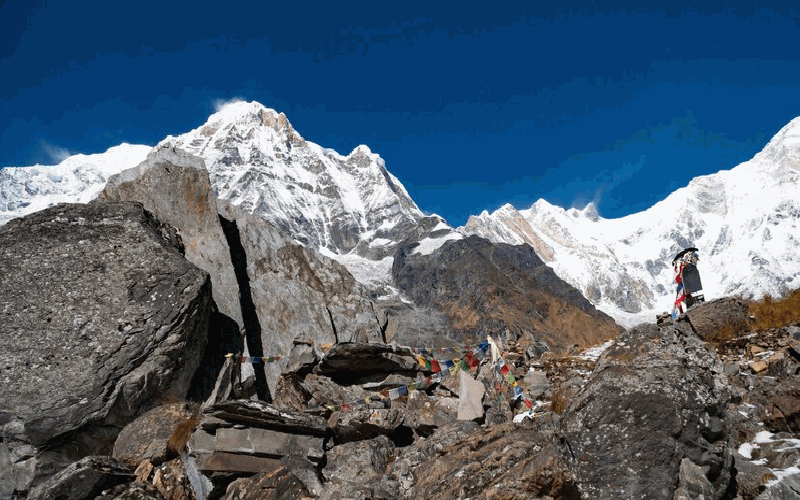There are no accurate records of how many dead bodies are on Mount Everest, but it is estimated that there are over 200. The vast majority of these bodies remain buried under the snow and ice and will never be recovered. Climbers or trekkers occasionally find some bodies, but most remain undiscovered.
Many bodies have been there for years, some dating back to the early days of mountaineering on Everest.
There are currently over 200 bodies on Mount Everest, and the number is only increasing. With more and more people attempting to summit the world’s tallest mountain each year, the death toll is likely to rise. While some of these bodies are buried in the snow, many remain visible to climbers as they make their way to the top.
While some may see these bodies as a morbid reminder of the dangers of mountaineering, others view them as a tribute to those who have died chasing their dreams. No matter how you feel about them, it’s hard to deny that seeing all these dead bodies on Everest is both eerie and fascinating.
Why are Dead Bodies Not Removed from Everest?
When someone dies on Everest, their body is usually left where they died. There are a few reasons for this. First, it is complicated to remove a body from the mountain.
The terrain is very rugged, and the altitude makes it hard to breathe. It can take a team of Sherpas several days to carry a body down the mountain. Second, it is expensive to remove a body from Everest.
It can cost up to $30,000 to hire a helicopter to airlift a body off the mountain. Finally, many people who die on Everest are experienced climbers who know the mountain’s risks. They often choose to be cremated on the mountain so their ashes can remain there forever.
How Many Bodies are Left on Mount Everest?
The number of bodies left on Mount Everest is unknown. It is estimated that there are over 200 bodies on the mountain, but this number could be higher. This is because many of the bodies are buried under snow and ice and are not easily visible.
Additionally, family members or other climbers may have removed some of the bodies.
What is the Oldest Dead Body on Mount Everest?
The oldest dead body on Mount Everest is that of George Mallory. He was a British mountaineer who participated in the first three British expeditions to Everest in the early 1920s. Mallory’s body was found in 1999 by an American climber, Conrad Anker, at a height of 8,155 meters (26,755 ft).
The cause of his death is unknown, but it is believed that he fell while attempting to summit the mountain.
Famous Dead Bodies Mount Everest
There are many famous dead bodies on Mount Everest, the most famous mountain in the world. George Mallory and Sandy Irvine, two British climbers, disappeared on the mountain in 1924 while attempting to become the first people to summit Everest. Their bodies were found in 1999, and their story has captured the imagination of mountaineers and non-climbers alike.
Other well-known climbers who have died on Everest include Scott Fischer, Rob Hall, David Sharp, and Alex Lowe. Fischer and Hall perished during a storm in 1996 that was later chronicled in Jon Krakauer’s best-selling book Into Thin Air. Sharp died in 2006 while descending from the summit after becoming caught in a bottleneck of climbers.
Lowe died in an avalanche in 1999 while working as a photographer on an expedition up Everest. The bodies of these climbers (and many others) remain on the mountain, as it is simply too dangerous to attempt to bring them down. This has led to some eerie sights for those who climb Everest, as they often come across frozen corpses along the route.
While this may seem morbid, it is a reality of mountaineering that all climbers must face.
Conclusion
According to a new study, Mount Everest has anywhere from 102 to 212 dead bodies. And that’s just the ones that have been found. It’s estimated that many more bodies haven’t been found yet.
So, why are there so many dead bodies on Mount Everest? Well, it’s partly because it’s so hard to get down from the mountain once you’ve died. The altitude and cold make it difficult for rescue teams to reach people quickly.
And even if they do manage to get down the body, it’s often too decomposed to be identified. So, if you’re planning on climbing Mount Everest, be aware that you might share the summit with some deceased climbers.

